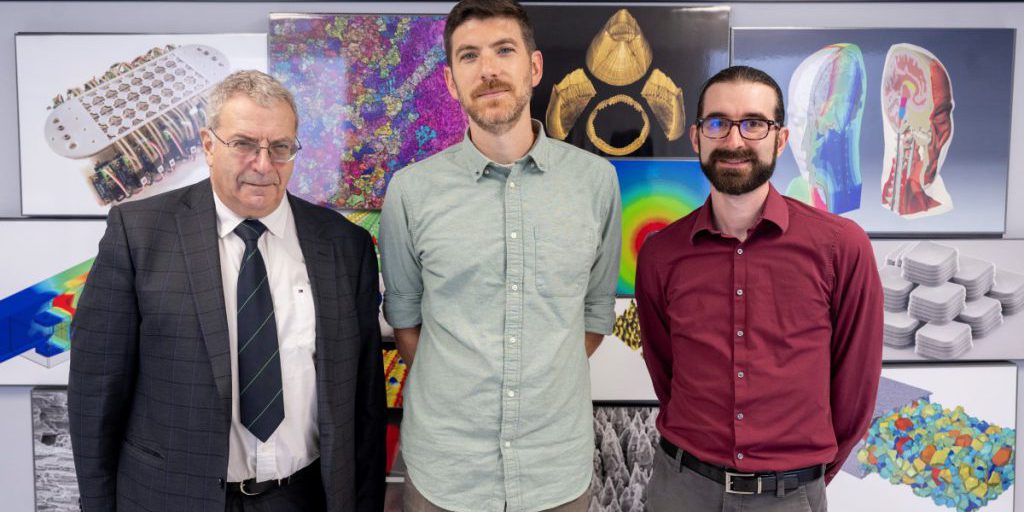WASHINGTON – U.S. Naval Research Laboratory (NRL) scientists confirm the identification of a new class of semiconductor nanocrystals with bright ground-state excitons, a significant advancement in the field of optoelectronics, in an article recently published in the American Chemical Society (ACS) journal ACS Nano.
The groundbreaking theoretical research could revolutionize the development of highly efficient light-emitting devices and other technologies.
Generally, the lowest-energy exciton in nanocrystals is poorly emitting, earning the name “dark” exciton. Because it slows the emission of light, the dark exciton limits the performance of nanocrystal-based devices like lasers or light-emitting diodes (LEDs). Scientists have long sought to overcome the dark exciton.


